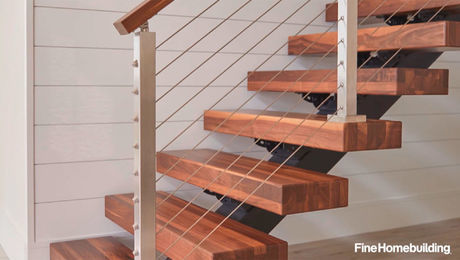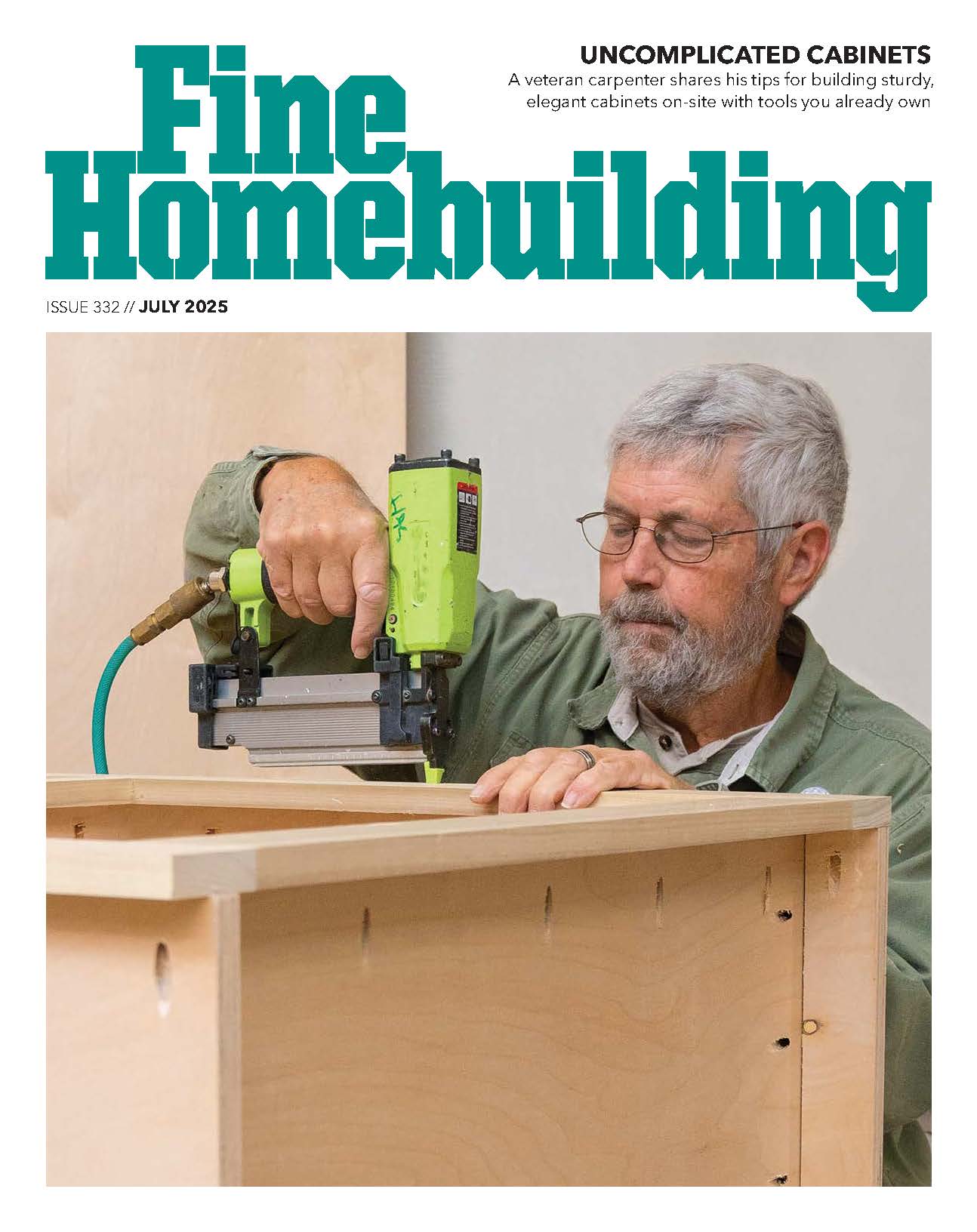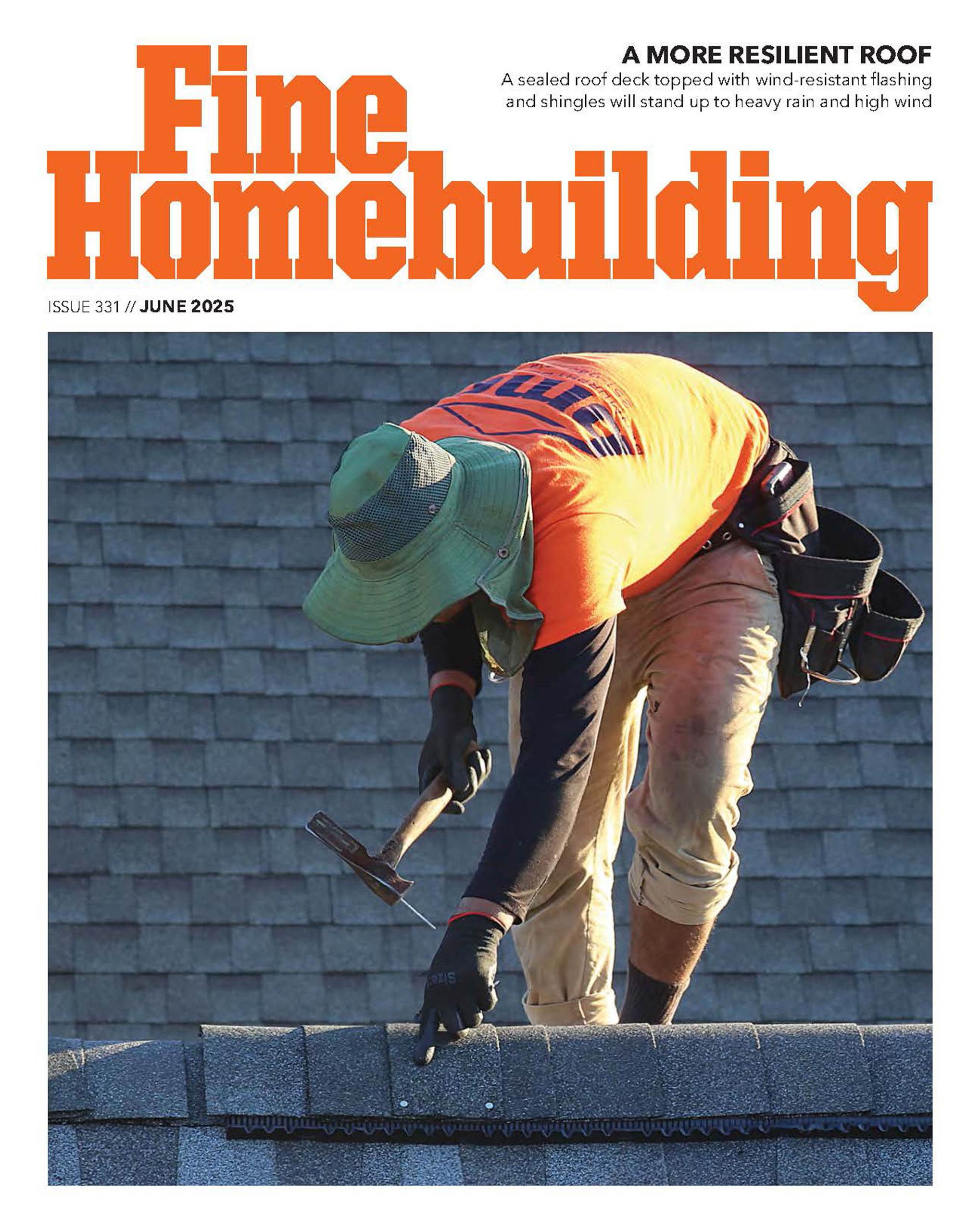*
I am sure this is a really stupid question, but how does one go about testing radiant tubes after they are installed, but before the rest of the system is in place. My installation guide says to test the tubes before and after the pour of the thin slab, but it doesn’t explain how to do it–HELP!!
Discussion Forum
Discussion Forum
Up Next
Video Shorts
Featured Story

Join some of the most experienced and recognized building professionals for two days of presentations, panel discussions, networking, and more.
Featured Video
Builder’s Advocate: An Interview With ViewrailHighlights
Fine Homebuilding Magazine
- Home Group
- Antique Trader
- Arts & Crafts Homes
- Bank Note Reporter
- Cabin Life
- Cuisine at Home
- Fine Gardening
- Fine Woodworking
- Green Building Advisor
- Garden Gate
- Horticulture
- Keep Craft Alive
- Log Home Living
- Military Trader/Vehicles
- Numismatic News
- Numismaster
- Old Cars Weekly
- Old House Journal
- Period Homes
- Popular Woodworking
- Script
- ShopNotes
- Sports Collectors Digest
- Threads
- Timber Home Living
- Traditional Building
- Woodsmith
- World Coin News
- Writer's Digest


















Replies
*
Piping systems can be tested with air pressure, water pressure, or water level. Small diameter piping systems are often checked quickly with air or water pressure. Drain piping (ABS, cast-iron) is tested by filling the system with water to the highest level and rechecking the level later (typically overnight) Air pressure seems conveinent because if there is a leak, there is no fluid to drain out. But air in pipes is more subject to temperature changes and, in large-diameter pipes, is riskier. 100 psi air represents much more stored energy than 100 psi of water.
Having capped all but one end and mounted a valve, fill with water and close the valve. Find out in advance what pressure and time your inspectors wants to see. Taunton's good book on plumbing says that testing at really high pressures may create/demonstrate leaks that would never have manfested in normal use. (Natural gas lines in the house operate at 1/4 psi but an inspector might ask for a 30 psi test.)
You'll have to glue/screw/sweat caps onto all the lengths of tubing only to have to cut them off later. Allow a little extra length for each test and retest that you'll be doing. -David
*
I am sure this is a really stupid question, but how does one go about testing radiant tubes after they are installed, but before the rest of the system is in place. My installation guide says to test the tubes before and after the pour of the thin slab, but it doesn't explain how to do it--HELP!!